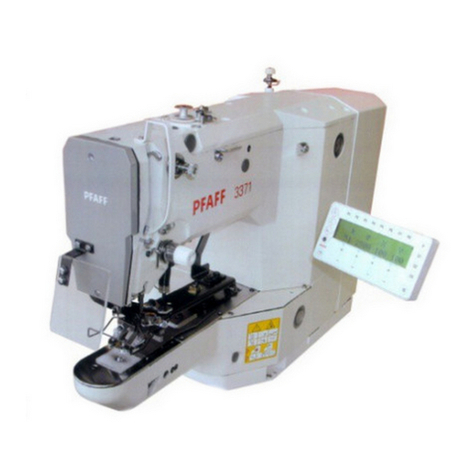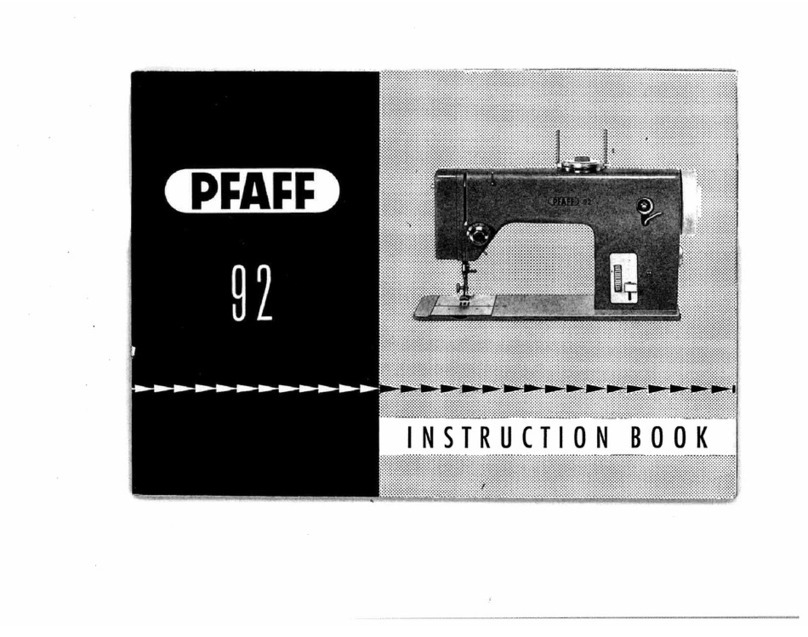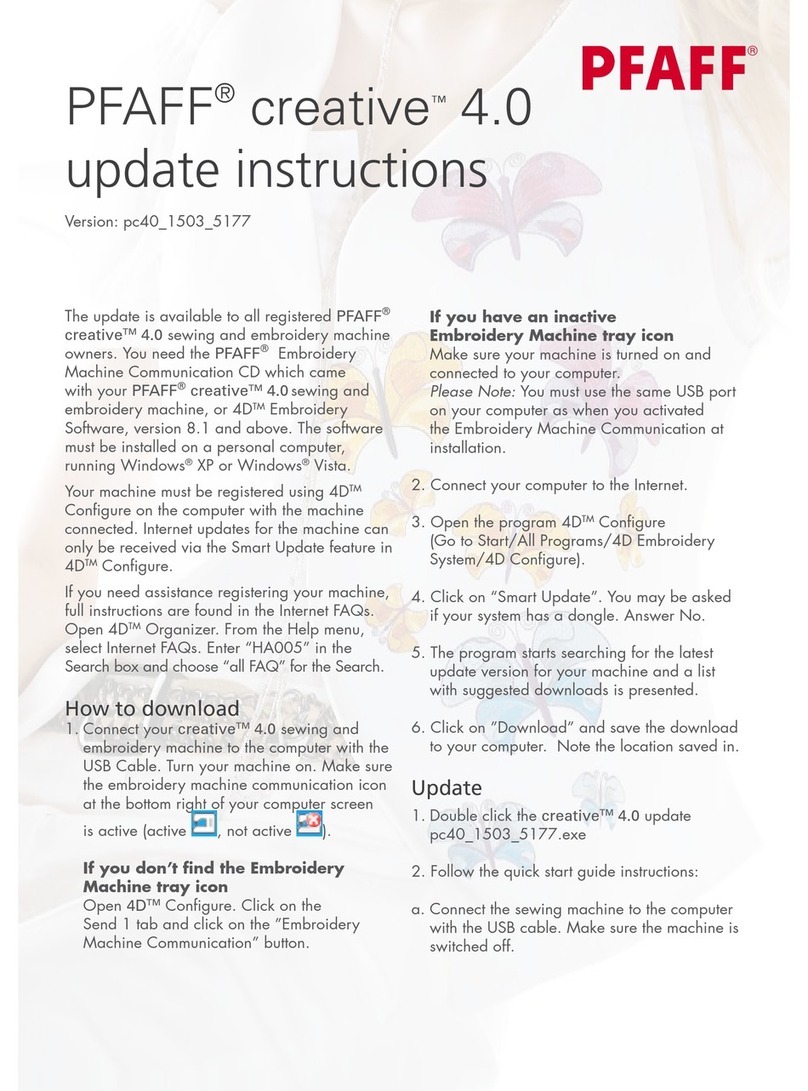Pfaff 76 User manual
Other Pfaff Sewing Machine manuals
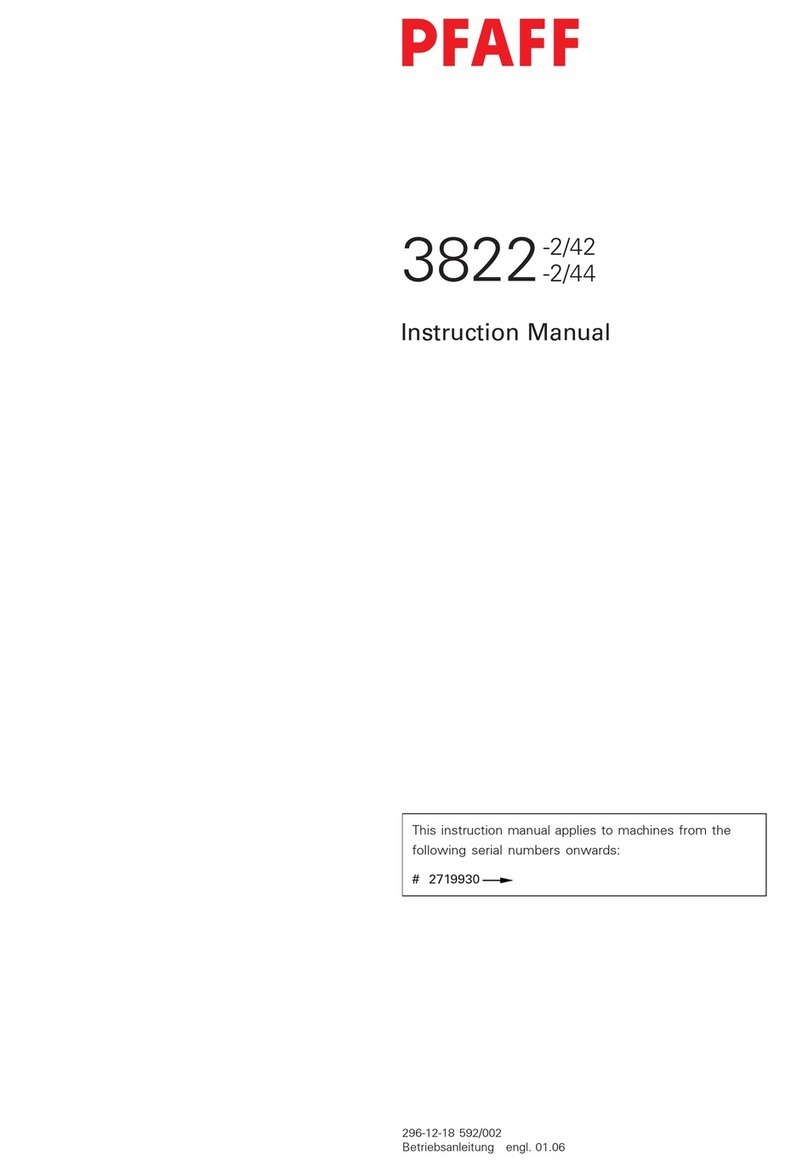
Pfaff
Pfaff 3822-2/42 User manual
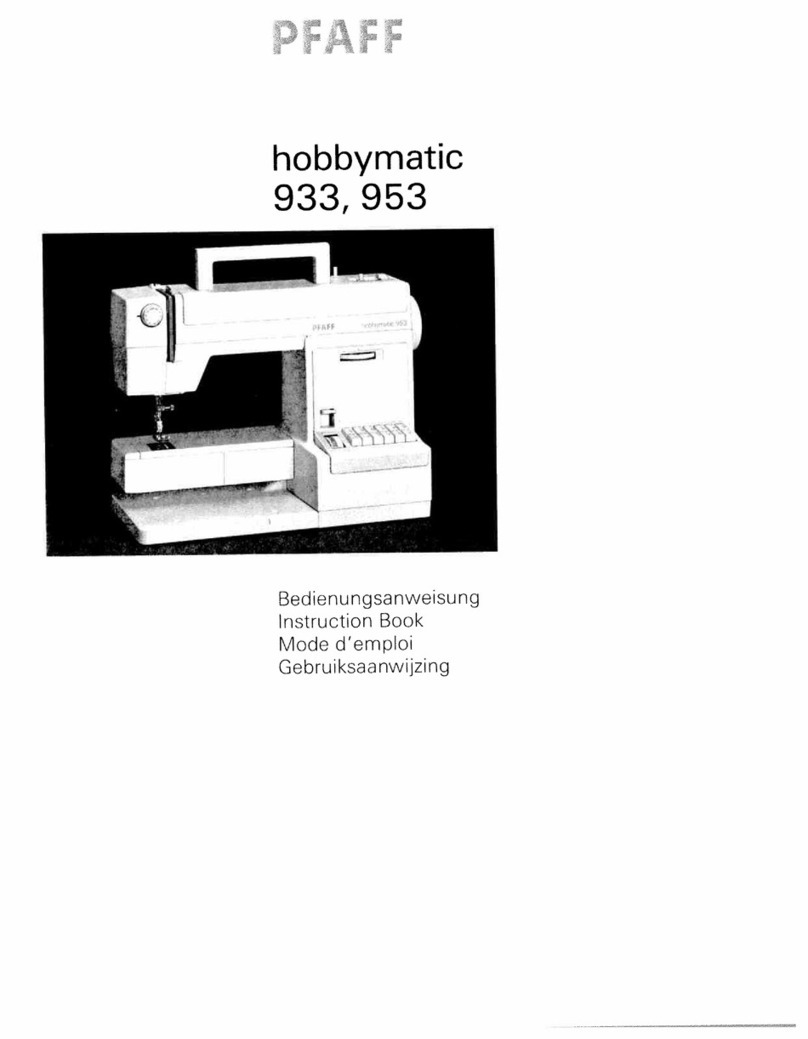
Pfaff
Pfaff hobbymatic 933 User manual
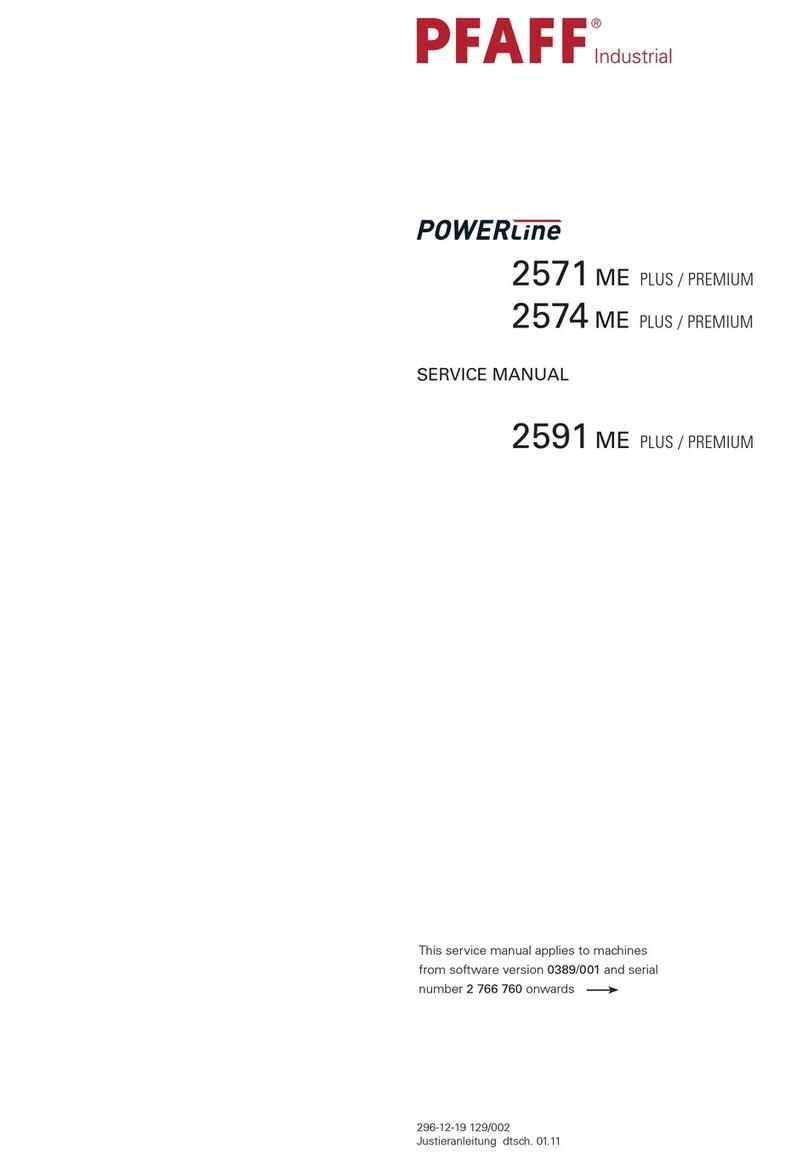
Pfaff
Pfaff POWERLINE 2571 ME PLUS User manual
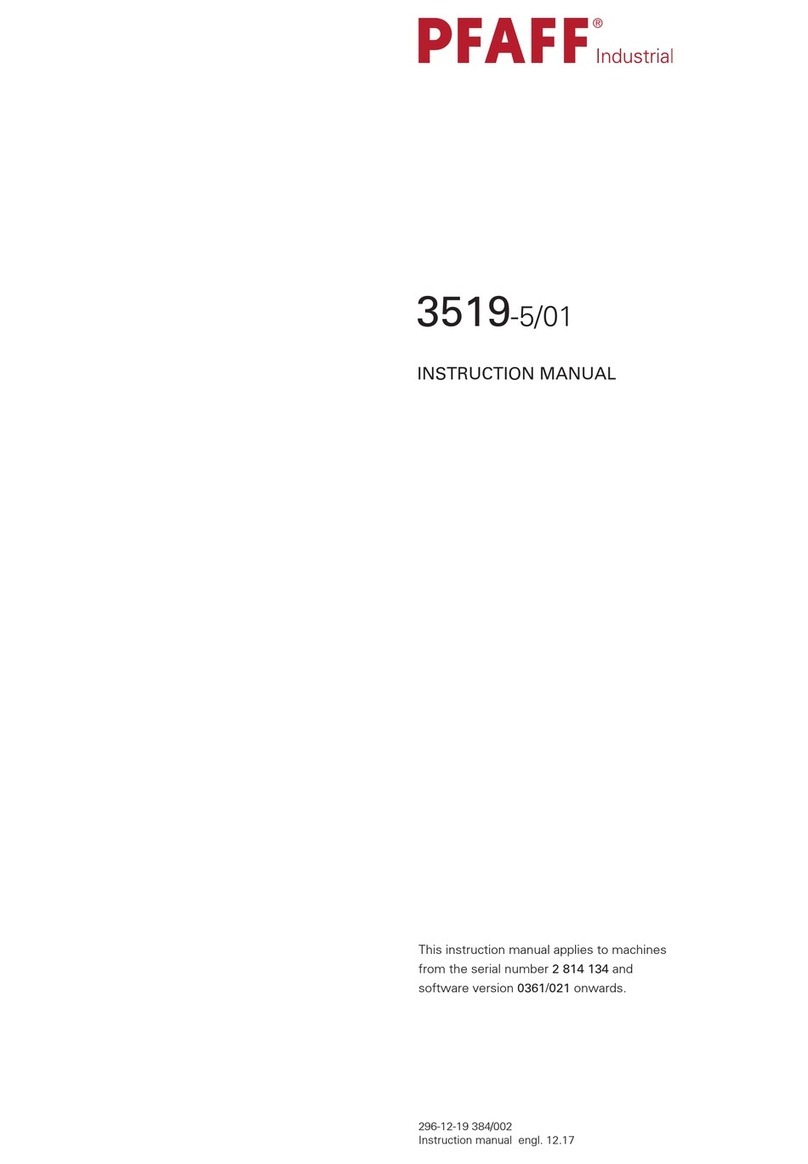
Pfaff
Pfaff 3519-5/01 User manual
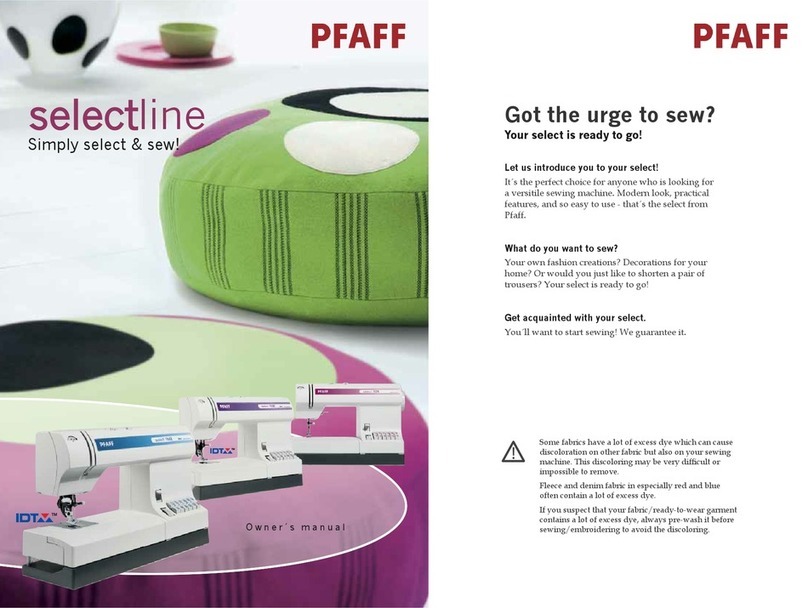
Pfaff
Pfaff selectline User manual
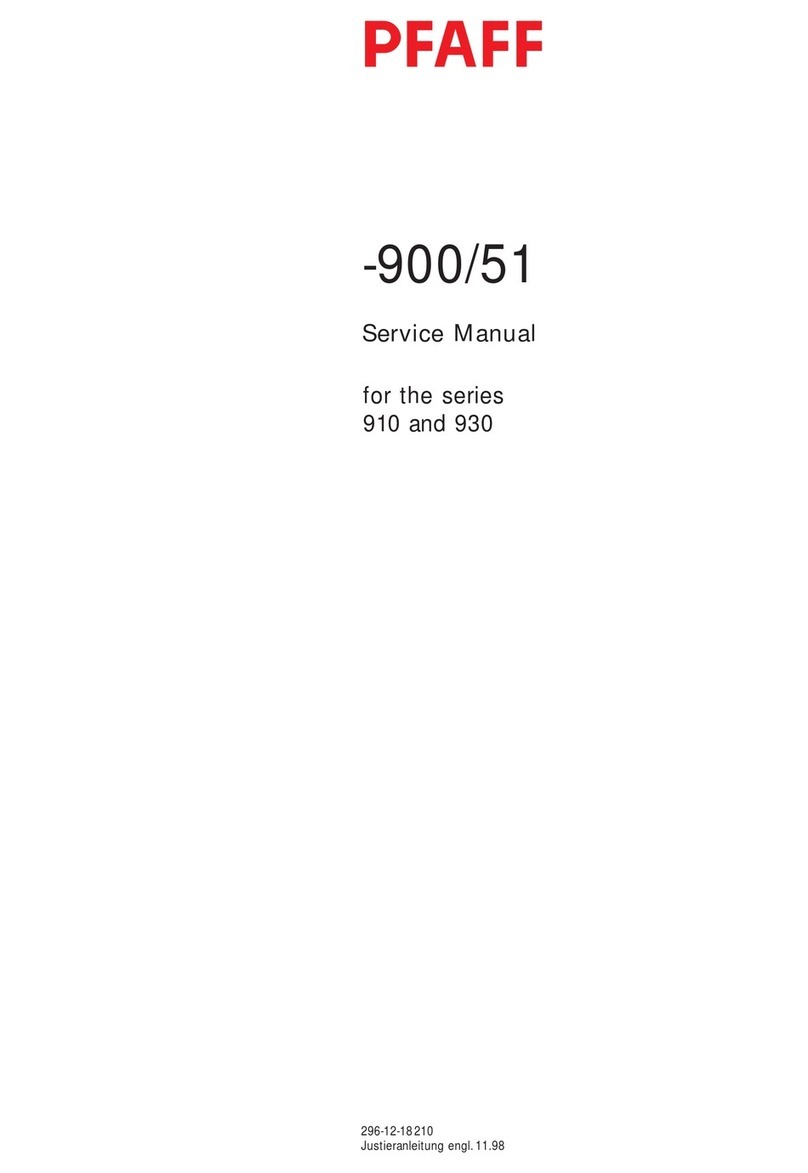
Pfaff
Pfaff 910 Series User manual

Pfaff
Pfaff Synchromatic 1215 User manual
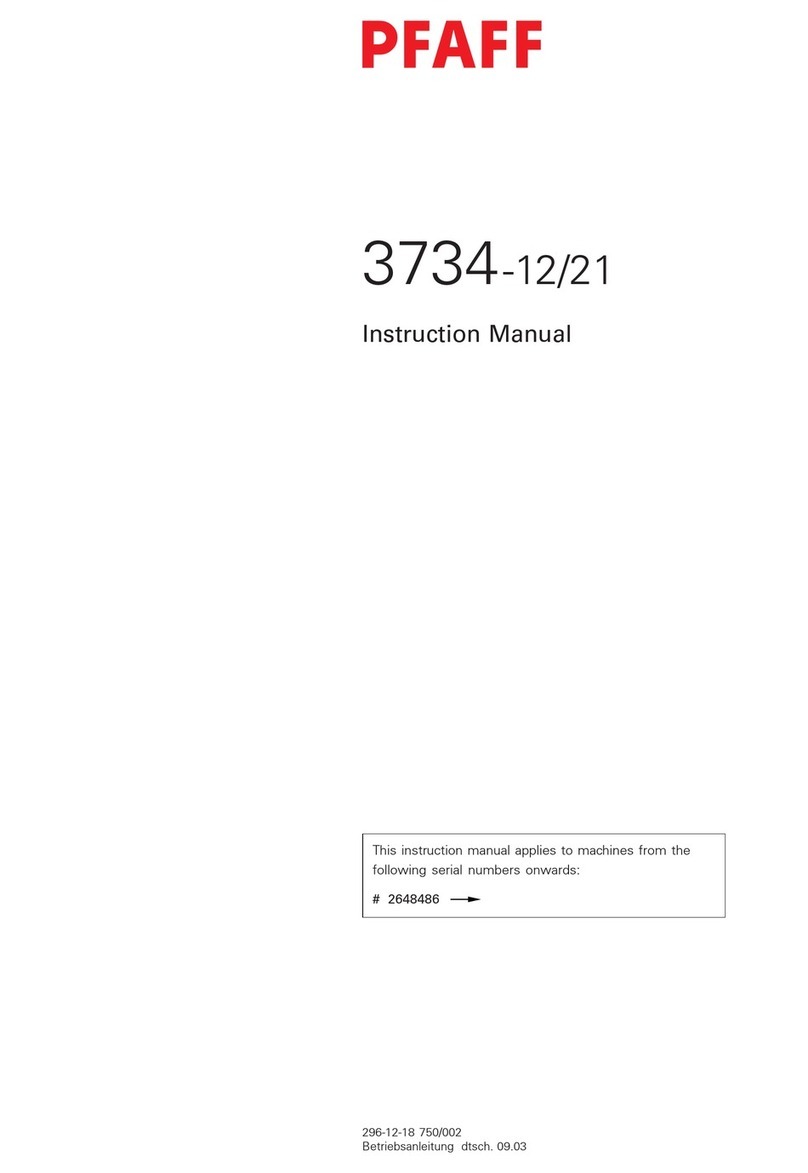
Pfaff
Pfaff 3734 -12 User manual

Pfaff
Pfaff hobby 1122 User manual

Pfaff
Pfaff 8390 User manual
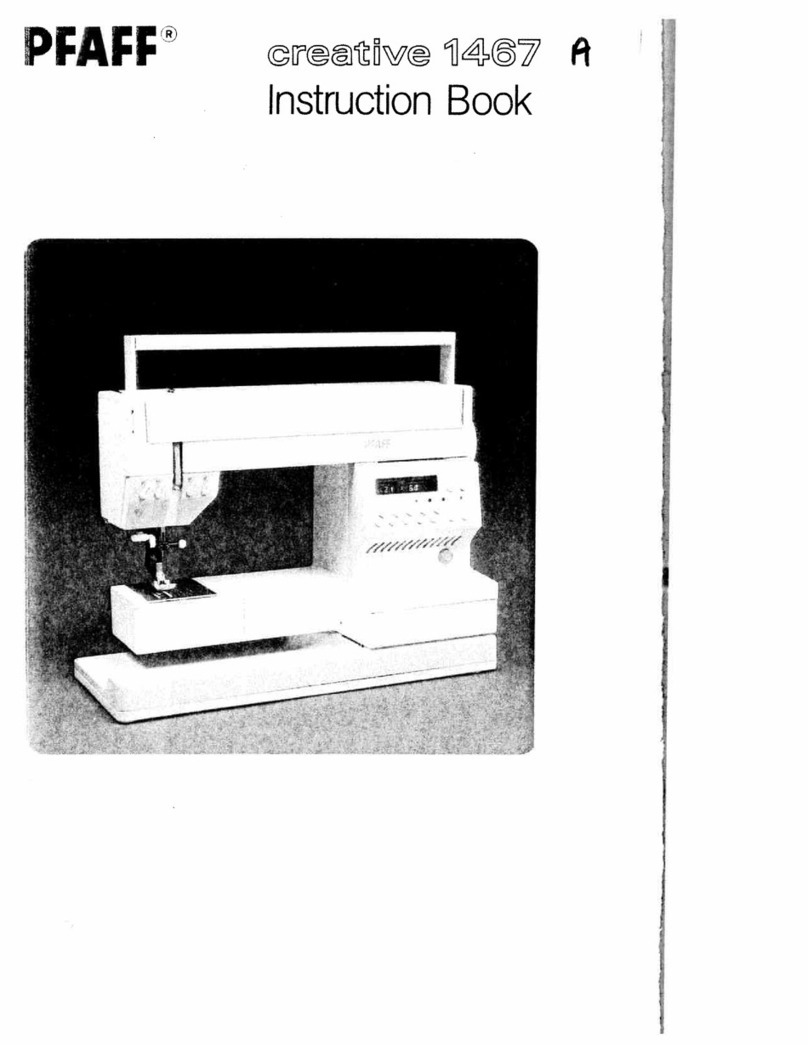
Pfaff
Pfaff Creative 1467A User manual
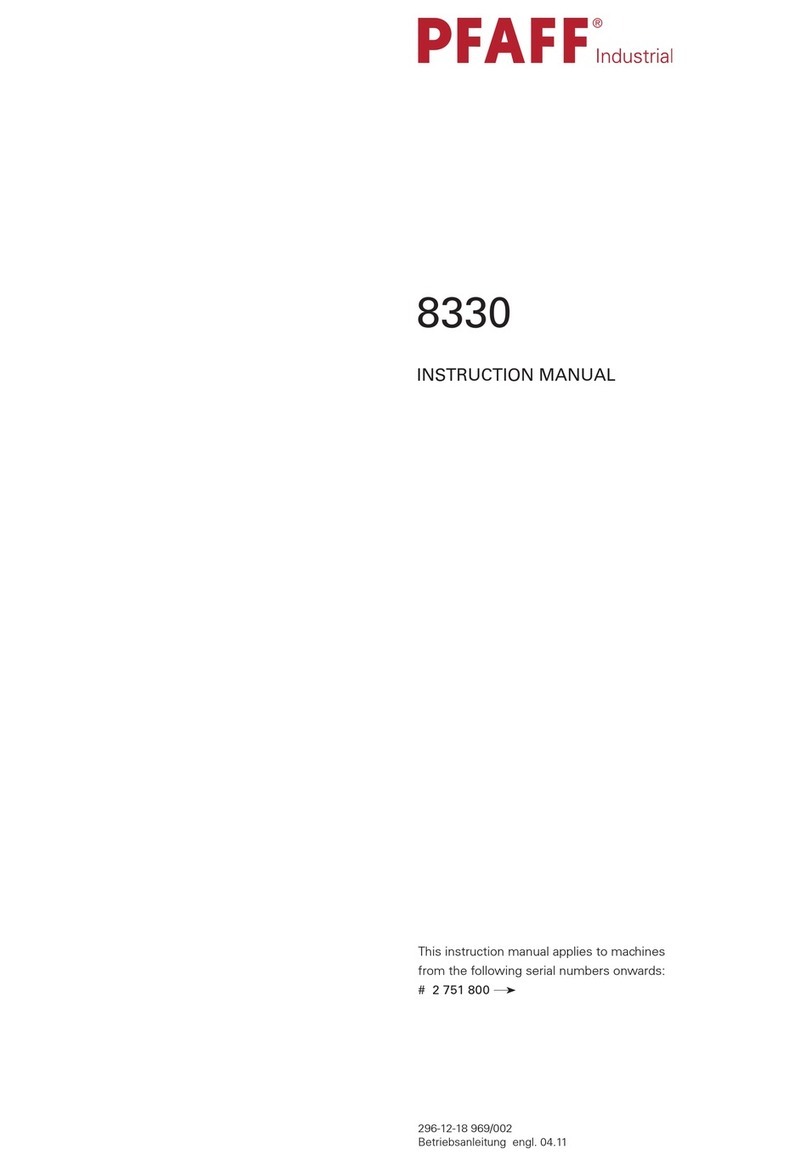
Pfaff
Pfaff 8330 User manual
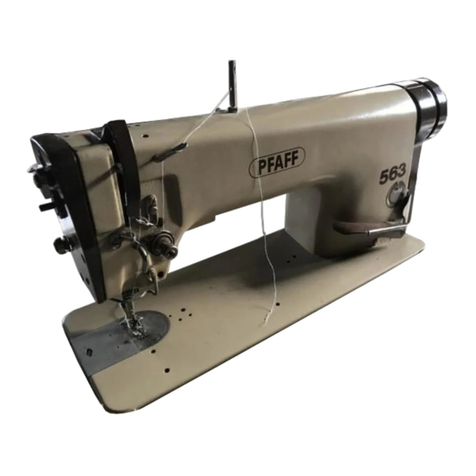
Pfaff
Pfaff 561 User manual
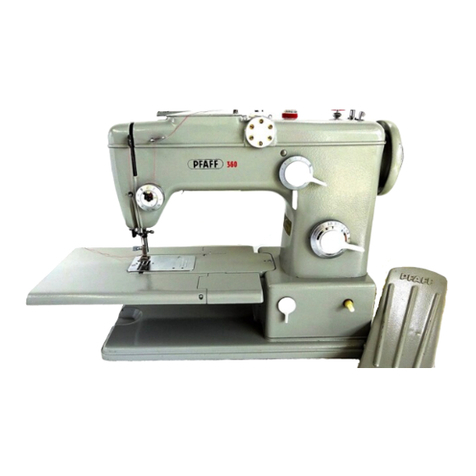
Pfaff
Pfaff 360 User manual

Pfaff
Pfaff 1571 User manual
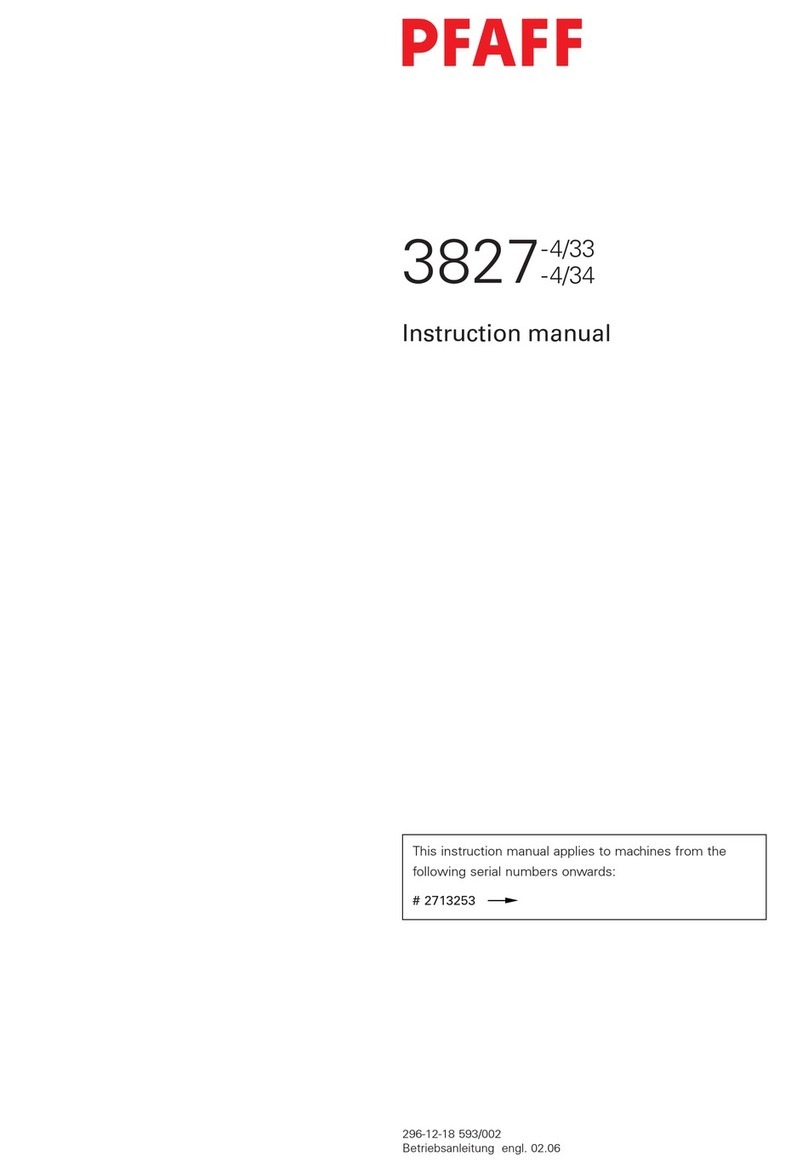
Pfaff
Pfaff 3827-4/33 User manual

Pfaff
Pfaff 1295 User manual
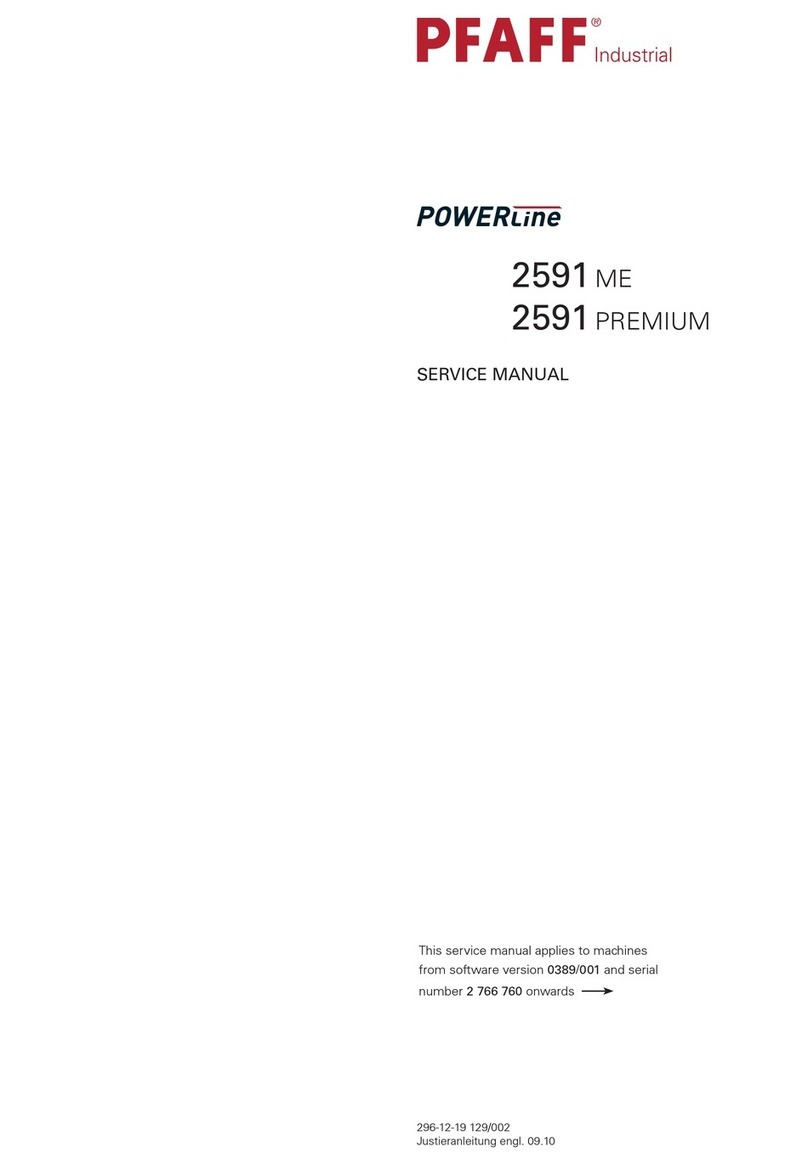
Pfaff
Pfaff POWERline 2591 ME User manual
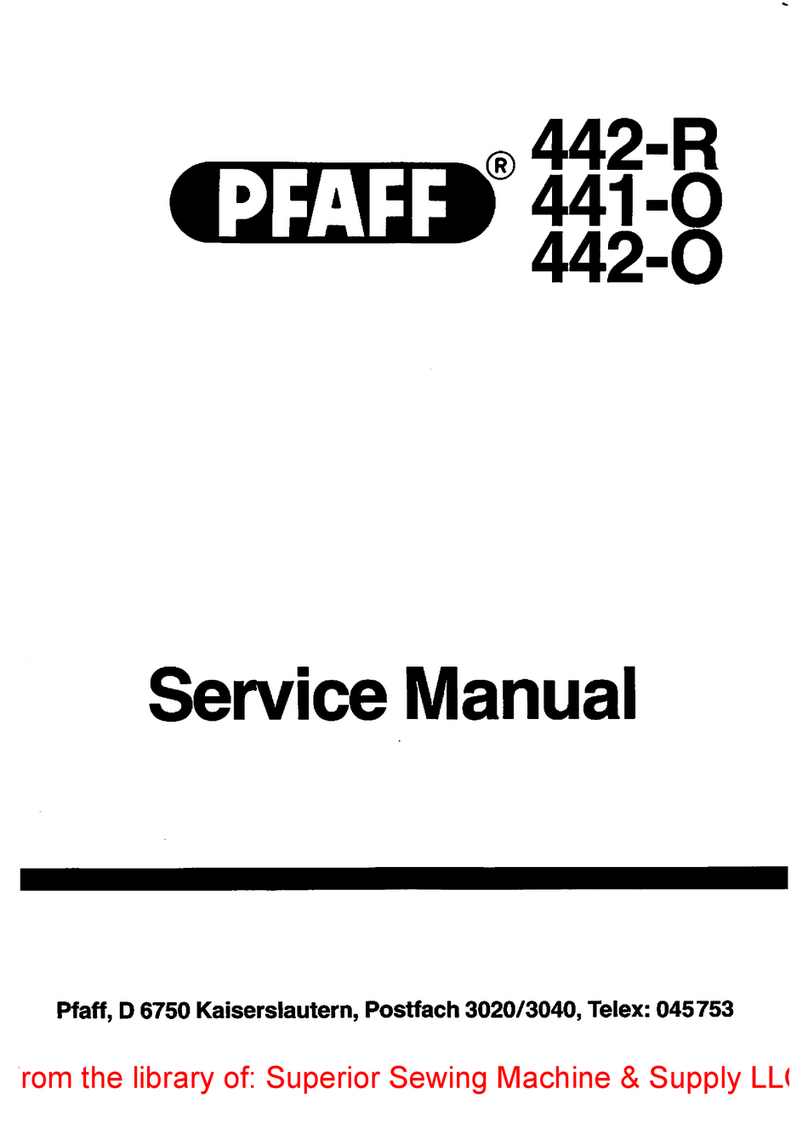
Pfaff
Pfaff 441-O User manual

Pfaff
Pfaff 2571ME PREMIUM Manual
